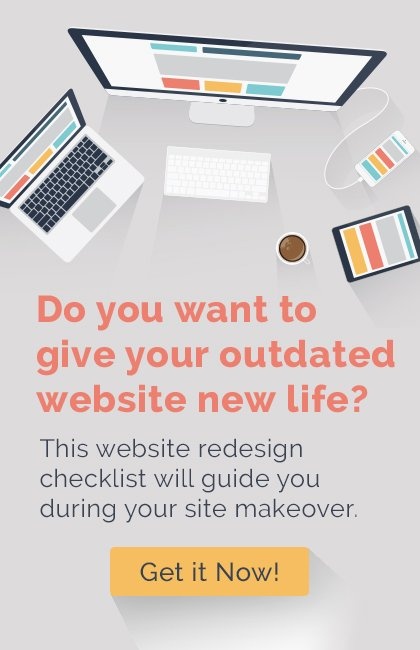
How To Create A Brand Story
Storytelling is an ancient art form, which has scientifically been proven to aid memory, making it the ideal vehicle for promoting products and creating successful branding. Learning how to tell your brand story begins with understanding the role of characters.
At the heart of the story lays the characters. It is through your characters that you connect with your customers. If your story does not have believable characters, then your potential customers will not connect with you, find your branding believable, or create an emotional connection with your story.
How To Create A Brand Story
Starting with Archetypes
Your brand persona reflects your customers understanding of your brand’s behaviors and values. The persona must appear human and exhibit traits that the customer recognizes, such as courage, persistence, and imagination. They need to be able to create an emotional connection with your persona. Your story’s characters play a vital role in shaping this relationship.
 For compelling brand story, it needs strong, well-drawn, and quickly recognized characters, which your customers can relate to and see themselves in. To achieve this, you need to begin with archetypes. Hero, villain, mentor, caregiver; these are archetypes that are easily recognizable and relatable to. They are found in all stories throughout history, from Ancient Greek classics to modern fantasy tales. However, an archetype on its own is two-dimensional, so it needs to be personalized to make it believable.
For compelling brand story, it needs strong, well-drawn, and quickly recognized characters, which your customers can relate to and see themselves in. To achieve this, you need to begin with archetypes. Hero, villain, mentor, caregiver; these are archetypes that are easily recognizable and relatable to. They are found in all stories throughout history, from Ancient Greek classics to modern fantasy tales. However, an archetype on its own is two-dimensional, so it needs to be personalized to make it believable.
Developing a Believable Persona through Relatable Characters
Your characters must grow from these archetypes. Otherwise, they will remain flat and hold no emotional connection with the customer. Achieving this involves creating a brand story for your characters without losing consistency. This enables the customer to see them as multi-dimensional.
Through those character stories, you develop your brand persona’s attributes. The attributes your persona portrays will be the ones your customer associates with your company, so these need to be chosen carefully. You might want to consider qualities such as courage, decisiveness, determination, work ethic, honesty, flexibility, responsibility, and curiosity.
An example of good brand storytelling and excellent character creation is Guinness. Consider the company’s latest campaign with the guys that have turned their backs on the gang culture of Compton, and are instead saving horses. The archetypes are good versus evil, but the characters stories make them relatable and give an overall caring, yet brand persona for Guinness.
Defining Your True Brand Story and Bringing it to Life Online
Creating a Relatable Persona
As well as being believable, your brand persona must be relatable. If your target customer group is young women, then having a brand persona that your audience consider to be a middle-aged businessman is not going to make your brand relatable. If your customers cannot relate, then they will not feel connected to your brand and are unlikely to believe your promises, mission statement, or aims. You need to know who it is you want to connect with before you even begin to develop your persona.
The customer may never see any of this directly, but they will instinctively know if you have not considered these elements as it will show in the consistency–or lack thereof–of your brand storytelling. If you are unsure of the importance of characters in how to tell your brand story and create your brand persona, go back to your favorite work of fiction and imagine that work without the attention to detail that has been poured into each character.


























